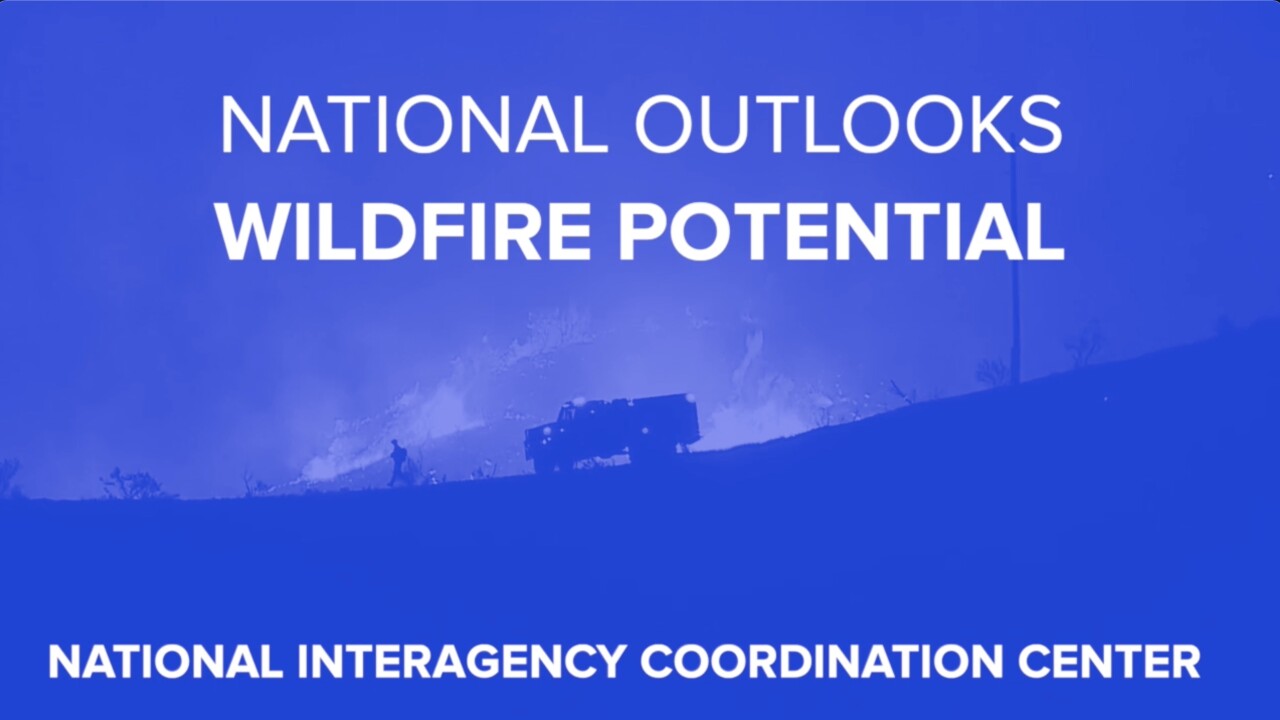BOISE — Fire season is already starting, and in some areas, it’s early.
According to Jim Walmann, Meteorologist at the National Interagency Coordination Center, this is a concern.
“When you get these early season fires, they're definitely a wake up call," Walmann said, "we're actually in a lot of cases seeing our fire potential increase earlier in the season. Sometimes it can be two weeks but as much as six weeks ahead of schedule.”
Walmann co-produces the National Significant Wildland Fire Potential Outlooks that come out every month.

The outlooks are a result of examining regions of the country to determine whether fire potential is above or below normal. They’re drafted using data sets like current weather conditions, snowpack levels, and precipitation trends.
When Idaho News 6 caught up with Walmann, a new wildfire had just started in the southwest.
"It's in a remote part of New Mexico," Walmann said, and explained that this is a confirmation of April's forecast, which showcased the area as having an above normal potential.

Over the past few months it’s been relatively warm and dry in southern Idaho, causing concern about the impacts to fire season more locally.
The Idaho Department of Lands responded to a fire already earlier this month in Banks which burned about 6 acres. This one was unseasonably early.
“It’s two months ahead for a fire of that size and of that active behavior, so we are a little concerned that that might be a harbinger for things to come," Casper Urbanek, IDL Southwest Fire Warden, said in an interview about recruitment to the agency.

However, the national outlooks don't showcase the Idaho region to be experiencing above normal wildfire potential at this point for April.
Wildfire season has overall grown to a longer extent over the past five decades with warming temperature trends globally and worsening drought.
“On a personal level, I just kind of worry, you know, I really just worry about what's going to happen. I look at everything that's happening from year to year and a lot of places that I've enjoyed for the last 20, 25 years, they're changing dramatically," Walmann said.





